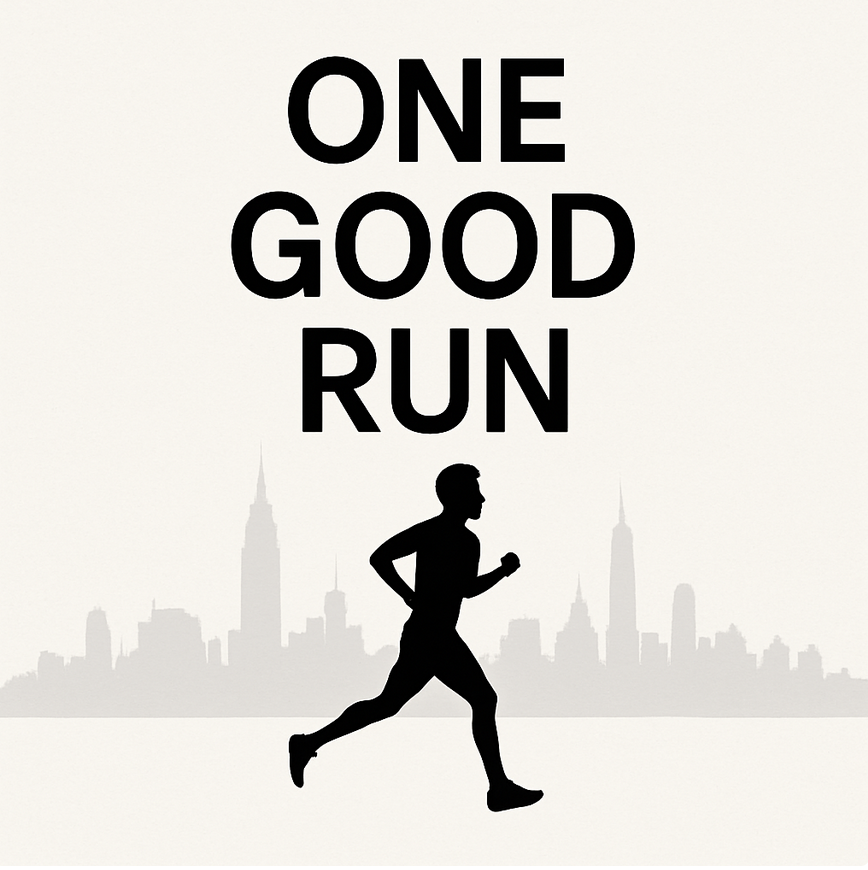The Resilient Knee Project is an innovative solution for people with chronic knee pain that empowers individuals to self-manage their pain and most importantly, get them back to enjoy the physical and mental benefits of running.
Founded by Daniel O’Grady, dedicated professional with first hand experience of overcoming knee pain and running the NYC Marathon, the project aims to be a world leader in restoring people’s confidence in their knees and get back to doing what they love.
Is The Resilient Knee Program right for you?
Start a conversation with our new Chat Bot HERE
Why knee pain gets worse with lunges and how to ease it
Knee pain while performing lunges is very common and every day in the clinic I hear people say that performing lunges aggravates their knees.
I find my patients either:
Push through the pain and keep going with them, ending up with an injury or
Stop doing them altogether and miss out on the many benefits lunges can bring.
In this post, I will show you how performing lunges can place excessive stress on the knee and a give you a simple way to avoid this from happening.
What happens during a typical lunge?
See the picture above where the front knee travels along way forward past the ankle.
This is not a problem if you don't have knee pain.
BUT, if you do have knee issues, there is a high chance this movement will aggravate your pain.
Doing a forward lunge in this manner plays into a common muscle imbalance that many of us suffer from - over-active quadriceps and hip flexors at the expense of the gluteals.
Walking lunges are particularly bad at encouraging this quads dominance, as the center of gravity is traveling in forwards direction.
Quick anatomy review:
The hip flexors (left) that attach the lower back to the hip and the quads (right) that attach the hip to the knee.
The effect of over-loaded quads:
Due to the fact that we are sitting, driving and walking a lot, our quads and hip flexors are naturally prone to tightness and overuse.
Adding further stress in the form of lunges can push them over the edge.
When a muscle is repeatedly contracted in a shortened position, eventually this will lead to development of knots or trigger points in the muscles fibers.
This reduces the flexibility in the muscle and also gives rise to referred pain, that often is felt in the knee.
Referral pattern of the quads:
When the quads develop trigger points (knots in the muscle fibers) they have a characteristic referral pattern.
See below:
So....instead of the forwards lunge, try this simple but powerful change:
The Reverse Lunge
To obtain the benefits of a lunge, without putting your knees at risk, follow these 3 steps:
Step 1:
Maintain a neutral spine (think gently tucking the pelvis under and activating the core muscles) and then taking a big step back.
You should feel a gentle stretch in the front of the leg that steps back (upper quads and hip flexors).
Tip > you can use a foam roller to counter balance the backwards motion.
Step 2:
The key to the reverse lunge is maintaining a vertical tibia in the front leg.
At the bottom of your reverse lunge, take a quick look at your tibia bone (lower leg from knee to ankle) and it should be in a vertical position i.e. perpendicular to the ground.
Keep your center of gravity back and over your hips.
In this position, your glutes should be activating strongly. The quads should also be working, but not excessively.
The nice thing about the reverse lunge is that if you push back to far, you will only work the glutes harder, which is never a bad thing.
Progression: Reverse Lunge with medicine ball
Step 3:
Push yourself back up to the start position using your glutes to lift yourself forwards.
If you can do ten on each side without much trouble, adding some weight in the form of a medicine ball or kettlebell is a great idea.
Aim to complete three rounds.
Between sets you can do some bridges or step ups which will also target the gluteal muscles.
If you're sore in the glutes the next day, you know that you're on the right track!
Please have a go and let me know how you get on in the comments below.






















